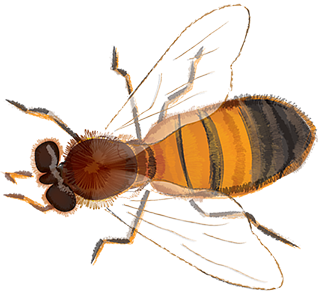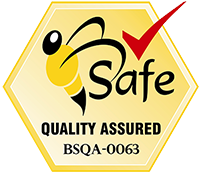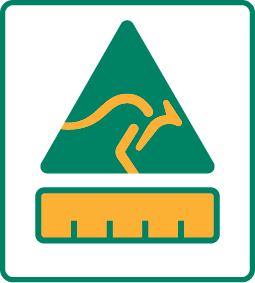Standard Blockquote
Our bees gather nectar from the pristine coastal forests surrounding Byron Bay, Australia. We bring you some of the best Manuka Honey Australia has to offer. Pure and potent bioactive MGO honey.
Maroon Blockquote
Our bees gather nectar from the pristine coastal forests surrounding Byron Bay, Australia. We bring you some of the best Manuka Honey Australia has to offer. Pure and potent bioactive MGO honey.
Gold Blockquote
Our bees gather nectar from the pristine coastal forests surrounding Byron Bay, Australia. We bring you some of the best Manuka Honey Australia has to offer. Pure and potent bioactive MGO honey.
Orange Blockquote
Our bees gather nectar from the pristine coastal forests surrounding Byron Bay, Australia. We bring you some of the best Manuka Honey Australia has to offer. Pure and potent bioactive MGO honey.
Dark Green Blockquote
Our bees gather nectar from the pristine coastal forests surrounding Byron Bay, Australia. We bring you some of the best Manuka Honey Australia has to offer. Pure and potent bioactive MGO honey.
Fancy Ordered Lists
- Press the test button on your safety switch (blue button with T).
- The lever will trip immediately into the downwards position.
- If the test button does not trip the circuits or is stuck call us on 0402 680 054 to check over the safety switches.
- Test your safety switches a minimum of twice a year and write it in your diary e.g. 1st of June and 1st of December.
- Press the test button on your safety switch (blue button with T).
- The lever will trip immediately into the downwards position.
- If the test button does not trip the circuits or is stuck call us on 0402 680 054 to check over the safety switches.
- Test your safety switches a minimum of twice a year and write it in your diary e.g. 1st of June and 1st of December.
- Press the test button on your safety switch (blue button with T).
- The lever will trip immediately into the downwards position.
- If the test button does not trip the circuits or is stuck call us on 0402 680 054 to check over the safety switches.
- Test your safety switches a minimum of twice a year and write it in your diary e.g. 1st of June and 1st of December.
- Press the test button on your safety switch (blue button with T).
- The lever will trip immediately into the downwards position.
- If the test button does not trip the circuits or is stuck call us on 0402 680 054 to check over the safety switches.
- Test your safety switches a minimum of twice a year and write it in your diary e.g. 1st of June and 1st of December.
Fancy Unordered Lists
- As a base use Coconut Oil, Almond Oil, or any natural oil suitable for your skin
- Add Australia’s Manuka Honey MGO 850. Somewhere between 15 – 25% of honey is a good mix, but if you don’t mind it sticky more is ok too.
- Optionally add some aloe vera gel (20%) for a different consistency. Aloe vera supports to soothe the skin in most cases – try it and see.
- As a base use Coconut Oil, Almond Oil, or any natural oil suitable for your skin
- Add Australia’s Manuka Honey MGO 850. Somewhere between 15 – 25% of honey is a good mix, but if you don’t mind it sticky more is ok too.
- Optionally add some aloe vera gel (20%) for a different consistency. Aloe vera supports to soothe the skin in most cases – try it and see.
- As a base use Coconut Oil, Almond Oil, or any natural oil suitable for your skin
- Add Australia’s Manuka Honey MGO 850. Somewhere between 15 – 25% of honey is a good mix, but if you don’t mind it sticky more is ok too.
- Optionally add some aloe vera gel (20%) for a different consistency. Aloe vera supports to soothe the skin in most cases – try it and see.
- As a base use Coconut Oil, Almond Oil, or any natural oil suitable for your skin
- Add Australia’s Manuka Honey MGO 850. Somewhere between 15 – 25% of honey is a good mix, but if you don’t mind it sticky more is ok too.
- Optionally add some aloe vera gel (20%) for a different consistency. Aloe vera supports to soothe the skin in most cases – try it and see.






